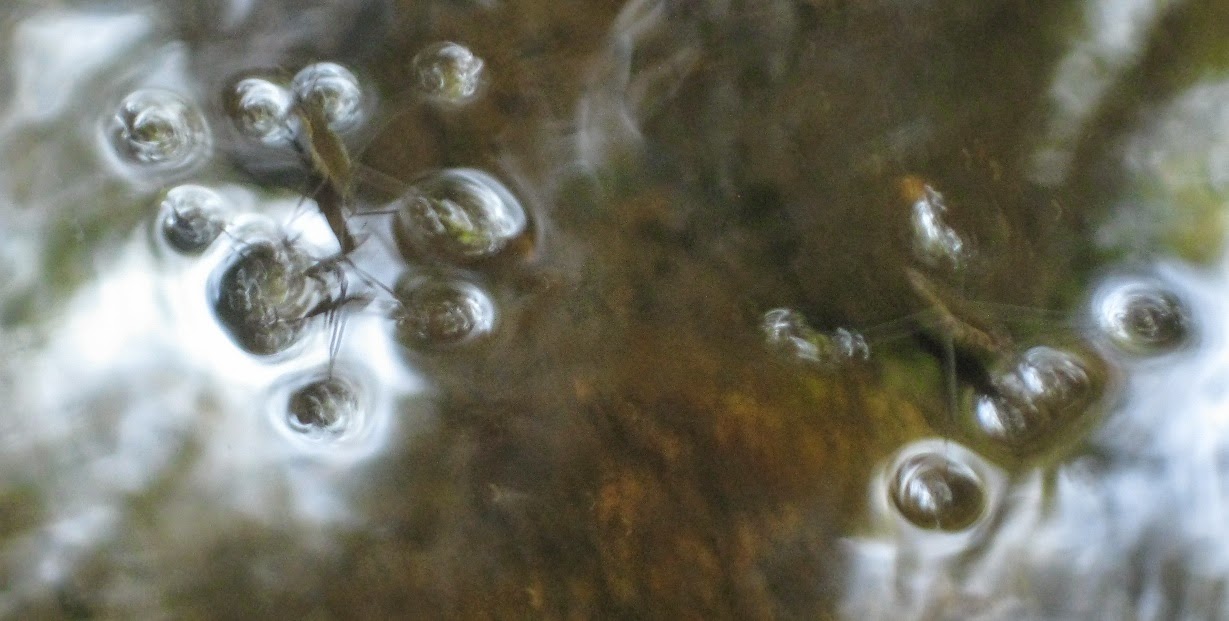The other side would have it that the oil companies are just to profit, could care less if it comes from Alaska or Nigeria, will grab the oil at the least possible cost, protect the environment only to the extent they're forced to, and will do whatever it takes to buy politicians to pass legislation that helps their bottom line.
As I see it, the pro-oil company faction does its best to hide that discussion by focusing the debate on whether ACES or SB 21 will more likely produce oil and revenue for Alaska.
You can hear some of the most knowledgeable speakers from each side in a debate next Wednesday, July 21 at Loussac Libray. It's an ISER (Institute for Social and Economic Research) event. Here's from an email I got the other day.
Invite someone who disagree with you on Prop 1 for dinner first, then the debate.
Forum On the Oil-Tax Referendum: Hear Both Sides
Sponsored by Alaska Common Ground
Co-Sponsors: Institute of Social and Economic Research, UAA
League of Women Voters of Anchorage • League of Women Voters of Alaska
Anchorage Public Library • Alaska Integrated Media
Last year the Alaska Legislature made a controversial change in the oil production tax, which is the >state’s largest source of revenue. In the primary election scheduled for August 19, Alaskans will vote
on whether to keep or repeal the new tax system—commonly known as Senate Bill (SB) 21. Alaska Common Ground and several co-sponsors (including ISER) are holding a forum on the oil-tax referendum on Wednesday, July 23, in the Wilda Marston Theatre of Anchorage’s Loussac Library, from 7 p.m. to 9 p.m. The forum is free and open to the public.
Speaking in favor of repealing the new tax—a “yes” vote to repeal—will be
Bill Wielechowski, a state senator from Anchorage, and Gregg Erickson, a long-time Alaska economist. On the opposing side, supporting the new system—a “no” vote to keep the new tax—will be
Brad Keithley, an oil and gas policy consultant, and Roger Marks, a veteran petroleum economist.
Gunnar Knapp, the director of ISER, will moderate the forum.
This event will differ from a number of others that
have been held on this issue, because it will focus on getting each
side to answer the other side's questions. Please join us to hear what
both sides have to say.
When: Wednesday, July 23, 7 p.m. to 9 p.m.
Where: Wilda Marston Theatre, Loussac Library
3600 Denali Street, Anchorage
Alaska Common Ground is a non-profit organization that works to engage
Alaskans in conversations about major public policy issues facing the
state.
For more information, go to
www.akcommonground.org or call (907) 952-3353.



























